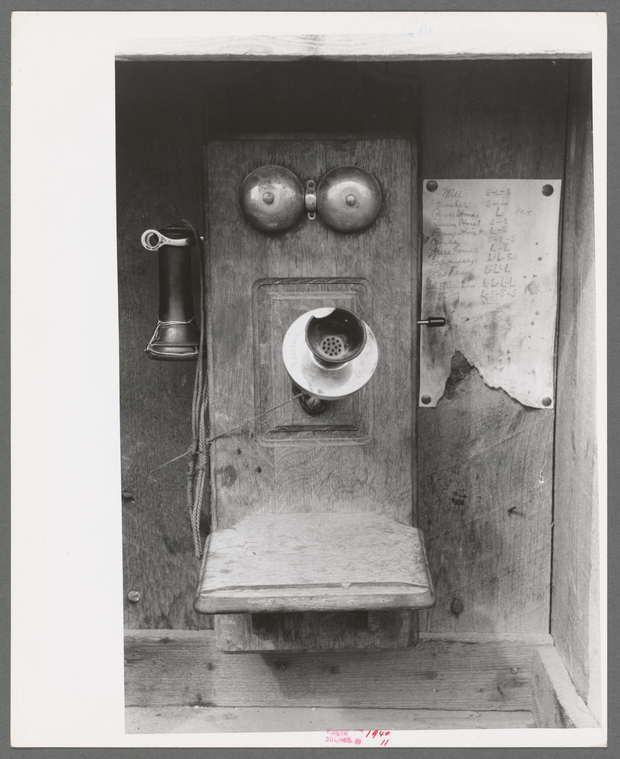We all get them. Text messages. Some from friends, some from family, some from Starbucks, and some are from entities that you don’t know until that DING! on your phone. They can be annoying, but they can also be extraordinarily helpful to contact clients and supporters. I get very happy when I know my food was just delivered! So let’s explore a little bit about how to use texts to contact people from a professional stand point.
There are two main sets of laws that regulate how texts may be sent. One is the Telephone Consumer Protection Act (“TCPA”) and the other is called CAN-SPAM. The TCPA is enforced by the FCC and is the primary anti-telemarketing law and the leading regulator of text marketing. The FCC also enforces CAN-SPAM, and that supposedly helps us get fewer spam texts and emails. Given how many junk emails and robocalls I get each day, you will forgive my dubiousness, but we want to be the *good* users of texts so let’s go over the rules, shall we.
First, yes, texts are covered by these laws. The TCPA was passed in 1991 long before texts were as ubiquitous as they are today. The FCC made it clear that texts are included and can even count as “auto-dialled” numbers.
Now, that is understood, if you want to be sure that you are in the clear, get consent. If the texts are commercial in nature, be sure that it is explicit written consent to send the text to their mobile phone. if you get a person’s written consent to receive texts, you can send them texts – even if done automatically. Written consent doesn’t mean that they have to sign and mail you a piece of paper. It can be done by clicking an “I Accept” button, for example, but the consent has to be documented and saved.
For non-commercial, information texts (for example, those sent by a tax-exempt non-profit organization that is not soliciting funds or by a school about closings), consent may be given orally, but consent still needs to be given.
Whatever it is, it has to show that the person to be texted “agrees unambiguously to receive such calls at a telephone number the consumer designates.” Simply being in someone’s phone contact list does not amount to consent to receive texts from third-party applications downloaded by that person. So don’t ask people to consent for you to send texts to their friends.
In addition, the written consent must be given “without requiring, directly or indirectly, that the agreement be executed as a condition of purchasing any good or service.” The company texting bears the burden of proving consent was received so be sure to keep those records.
In order for someone to give their consent to get texts, they must receive “clear and conspicuous disclosure” about the text messages they will receive. They must also agree to receive these messages on their mobile device. Be sure to tell them:
- A description of the program to which they are subscribing;
- The approximate number of messages they should expect to receive in a defined period (such as once per week or twice per month);
- A link to the full Terms and Conditions of the Privacy Policy;
- Instructions on how to opt out from receiving messages (STOP instructions), as well as how they can get help information (HELP instructions). Businesses can provide a link that contains detailed information about these instructions.
Then, each text should include the identity of the entity sending the text.
Once they have opted in, they have to be able to opt out. Recipients must be able to opt-out by replying directly to the text message. In fact, they should be able to revoke consent at any time and through any reasonable means. A company may not limit the manner in which revocation may occur. Texts should also include opt-out instructions (the CTIA, an association made up of the wireless carriers and other influential members that help enforce best practices, tells us that messages must include opt-out instructions at least monthly).
All this is to say, “talk to your customers and make sure they want your texts.” They answer may be that they do, and now you look good for asking. Or it may be that they don’t, and you avoided being the jerk who keeps making their phone ding.

